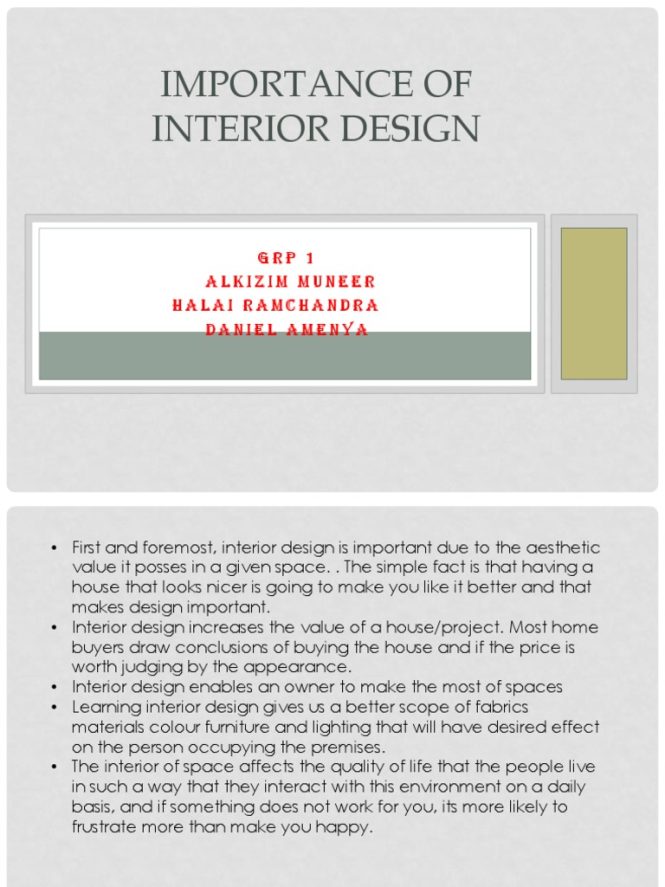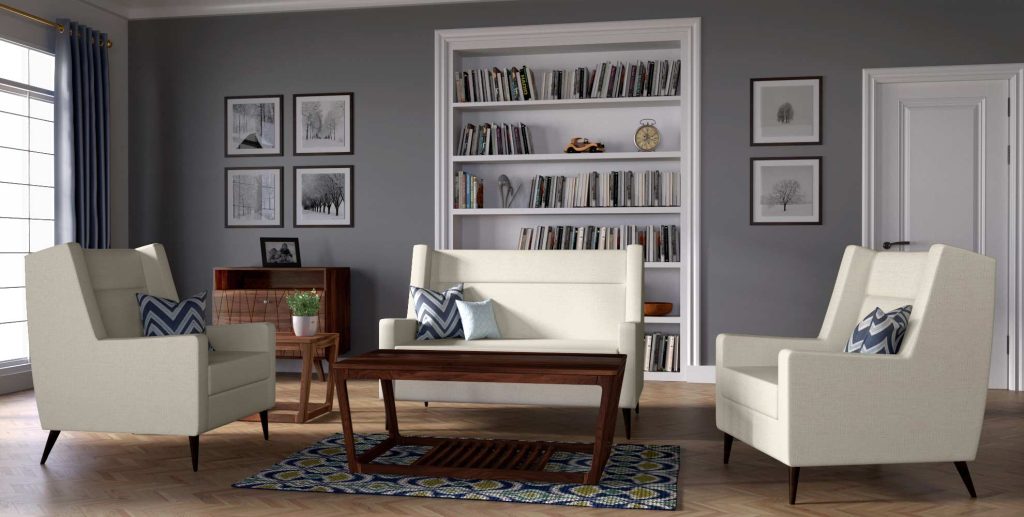

Interior design is more than just a pretty face; it’s a fundamental element in creating functional, aesthetically pleasing, and emotionally resonant spaces. Imagine a home that not only looks beautiful but also promotes relaxation, focus, and overall well-being. This article explores the multifaceted importance of interior design, detailing how thoughtful design choices can impact different aspects of our lives. We will delve into the key principles of design, address common design challenges, and uncover strategies for achieving optimal results. This article will provide a comprehensive overview for those seeking to improve their understanding of interior design.
The Psychological Impact of Interior Design
Creating Spaces that Reflect and Shape Emotions
Interior design is more than just aesthetics; it deeply influences our emotions and psychological well-being. A well-designed space can evoke feelings of peace, tranquility, or excitement, depending on the elements used. For example, warm colors like terracotta and earthy tones often create a sense of coziness and comfort. Conversely, cool tones like blues and greens often promote feelings of calmness and serenity. The use of natural light, the placement of furniture, and even the choice of artwork can significantly affect the emotional response of those who occupy the space.
Functionality in Interior Design
Optimizing Spaces for Everyday Life
Efficient design goes beyond appearances. A practical interior design ensures that the space not only looks great but also serves its intended purpose. This includes considering factors like natural light access, storage solutions, and the flow of traffic. For instance, strategic layout of kitchen appliances or proper placement of desks and workspaces can enhance productivity. Also, accessible storage solutions like closets, cabinets, and shelving contribute to a sense of order and reduce clutter, improving the overall functionality of the space.
Aesthetics and Design Principles
Creating Visually Appealing and Harmonious Environments
Interior design hinges on an understanding of design principles. These include balance, proportion, harmony, rhythm, and emphasis. For example, achieving balance involves distributing elements evenly in a space, while proper proportion ensures that objects and furniture complement each other’s sizes. Mastering these concepts creates harmony and visual appeal within a room. Understanding these principles allows designers to craft well-proportioned spaces with a sense of visual flow.
Sustainability in Interior Design
Eco-Friendly Choices for a Healthier Planet
An important consideration is sustainability. Today, consumers are increasingly seeking eco-friendly design options. This involves using sustainable materials such as recycled wood, reclaimed metals, and organic fabrics to minimize environmental impact. By using sustainable practices, designers can contribute to a healthier planet and support environmentally conscious consumers. These choices also align with modern consumer values and can influence buying decisions and attract conscious consumers.
The Role of Budget and Time Constraints
Finding Balance in Design Projects
Budget and timeline are critical aspects of any interior design project. Finding the balance between desired aesthetics and achievable outcomes is crucial. Designers need to effectively manage their resources. They need to present various design options while considering cost factors. For example, exploring affordable yet stylish materials and furniture can greatly impact the project’s final cost. Smart strategies for planning and execution are critical factors in successful interior design projects.
Frequently Asked Questions
What are some tips for creating a budget-friendly interior design?
Creating a budget-friendly interior design involves careful planning and prioritizing. Explore affordable materials, look for sales and discounts, consider DIY projects, and seek inspiration from free online resources. Also, re-purposing existing furniture and choosing timeless, classic design elements can save money without sacrificing style. You can also prioritize functionality over elaborate embellishments to fit your budget.
What are some common mistakes people make when choosing an interior designer?
Unfortunately, many overlook crucial factors when selecting an interior designer. Poor communication and a lack of clear design direction can lead to unsatisfactory results. Be sure to check references, discuss the project scope and budget upfront, and request clear communication channels and regular updates to avoid unpleasant surprises later on. If you are selecting an interior designer ensure to ask clarifying questions about design choices, timelines, and costs before committing.
In conclusion, interior design is not just about aesthetics; it’s about creating spaces that improve well-being, productivity, and overall quality of life. By understanding the importance of functionality, aesthetics, and emotional impact, you can transform any space into a comfortable, inviting, and inspiring environment. Ready to elevate your living spaces? Let’s explore how to incorporate these key elements into your next home design project.